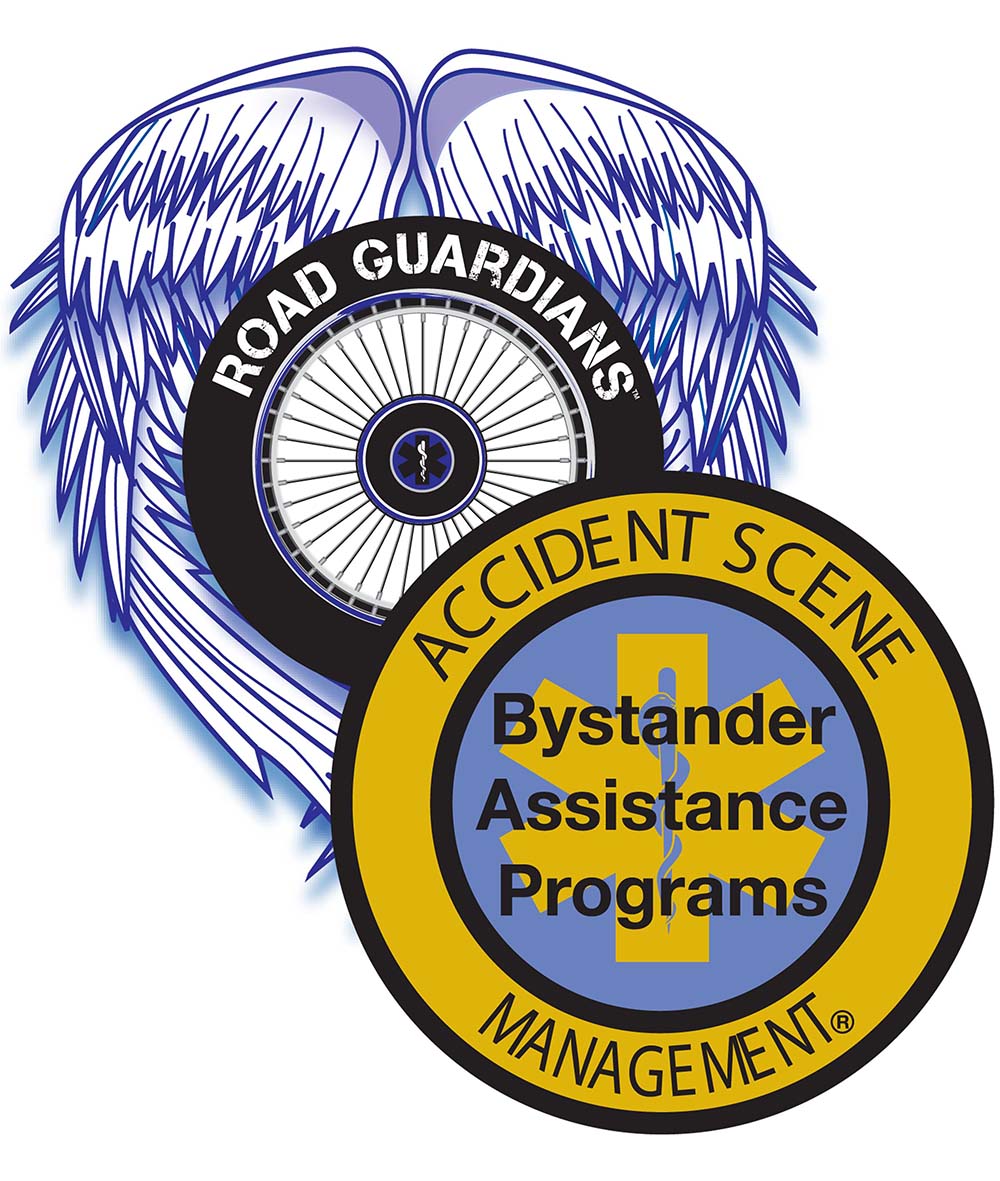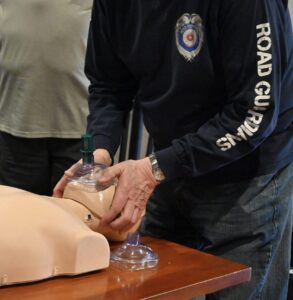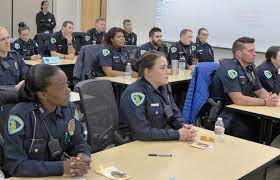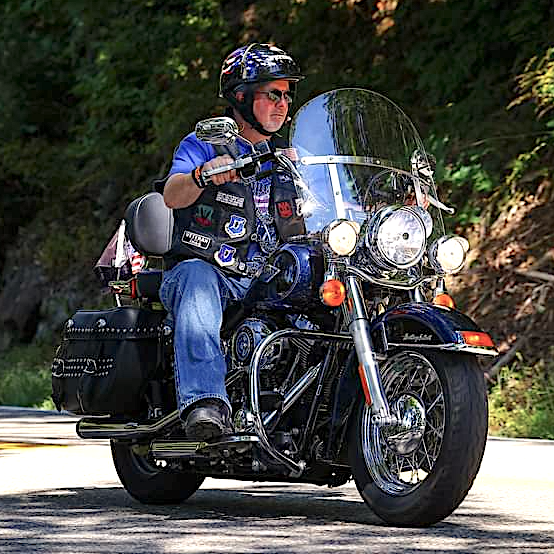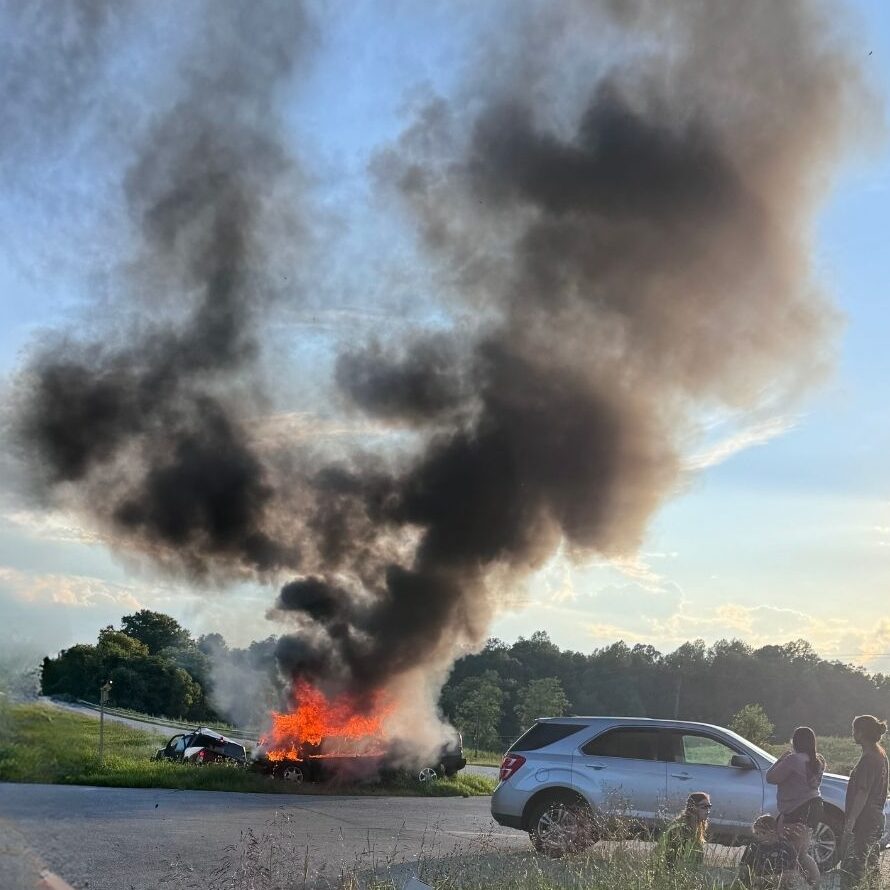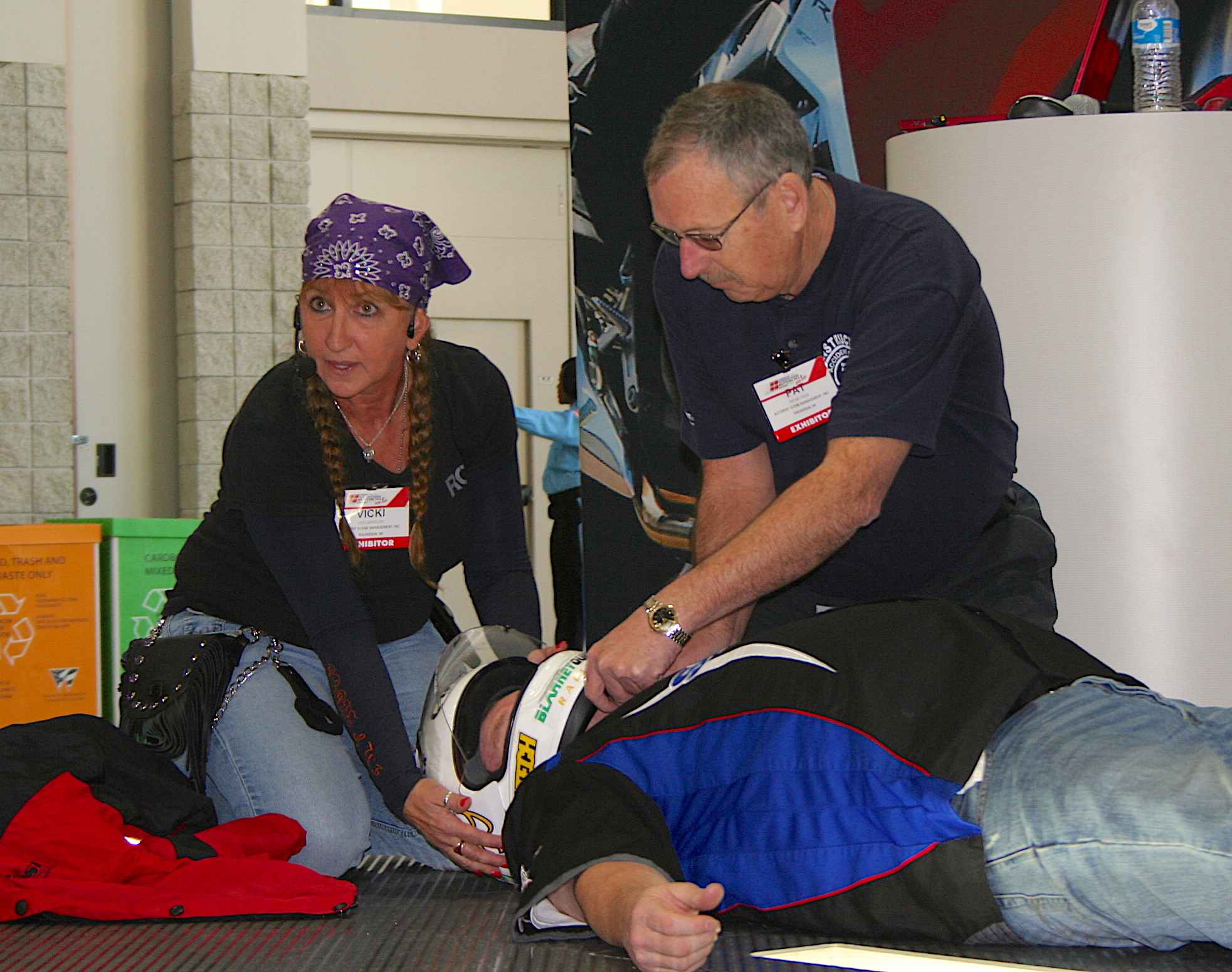
WHY DOES ASM TEACH RESCUE BREATHING?
By Vicki Sanfelipo, RN – Founder ASM
I received a question last week from a former student who has an Off Road motorcycle riding school in Colorado. This question has actually been asked many times before, so I think it is time to answer to a larger crowd. My hope is to clear up confusion and hopefully stimulate some conversation.
He said, “I had a firefighter in class (dirt bike) yesterday and it prompted a discussion. We always tell students about the ASM class. A lot of them ride street, but even more importantly, if you are on a trail and get hurt it’s not likely someone else will “drive by” who can help. That makes the ASM topic even more important. Michael recently took a CPR class and was told that the new CPR is only chest compression and no rescue breathing. Question is: if we are no longer doing rescue breathing, are you still teaching helmet removal?”
My answer:
The new CPR is NOT chest compressions only! I teach for both American Heart Association and the American Red Cross. Chest compressions only are done in select situations where there is a witnessed cardiac arrest. It is also the correct technique when an untrained bystander finds an unconscious victim. The 9-1-1 dispatcher would simply tell the caller to go to the middle of the chest and press hard and fast. The problem with chest compressions only for anyone who becomes unconscious is that everything that happens to a person who becomes unconscious is not a cardiac arrest!
In the event of a motorcycle accident, our situation is motorcycle trauma. The victim is assumed to have possible chest trauma and a potential neck injury. In fact if a person is not breathing after a motorcycle crash, chest trauma and neck injury are more likely the cause than cardiac arrest. Jaw thrust rescue breathing, a form of rescue breathing that keeps the neck straight, as well as how, when & why to remove a full face helmet are essential skills that should be taught to ALL First responders.
It is critically important that all responders be taught the difference between traumatic events and cardiac (or medical) events. CPR/AED is important, and so is Accident Scene Management. We should all know how to help at the scene of a crash until professional help arrives, and once professional help is on scene they should continue to do the right thing given the circumstance. There is much more educating to be done!
ASM is the Leading Motorcycle Trauma Training Organization in the World
To find out more about sponsoring a class for your local EMS or Law Enforcement click HERE
For a list of upcoming ASM classes click HERE
Find an Instructor in your area HERE
This article was first Published on: Jun 24, 2019
